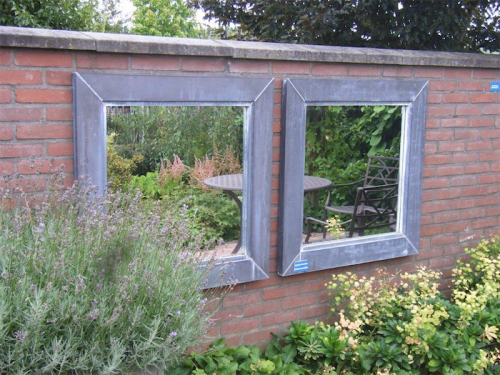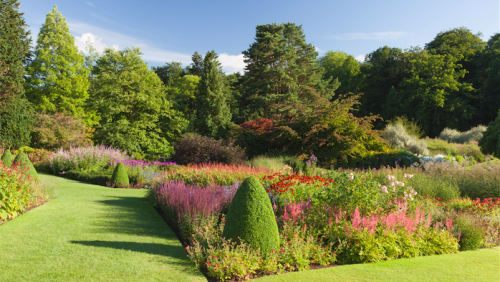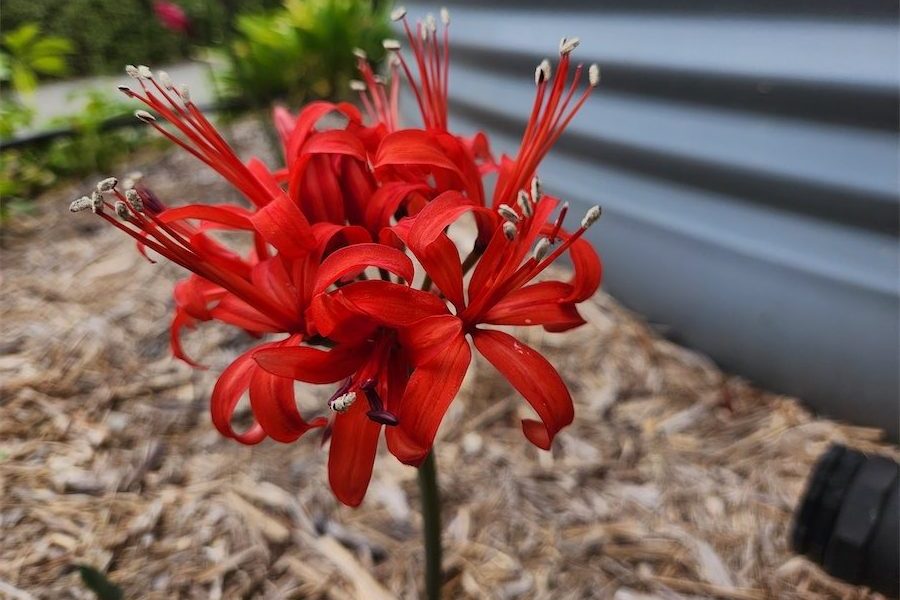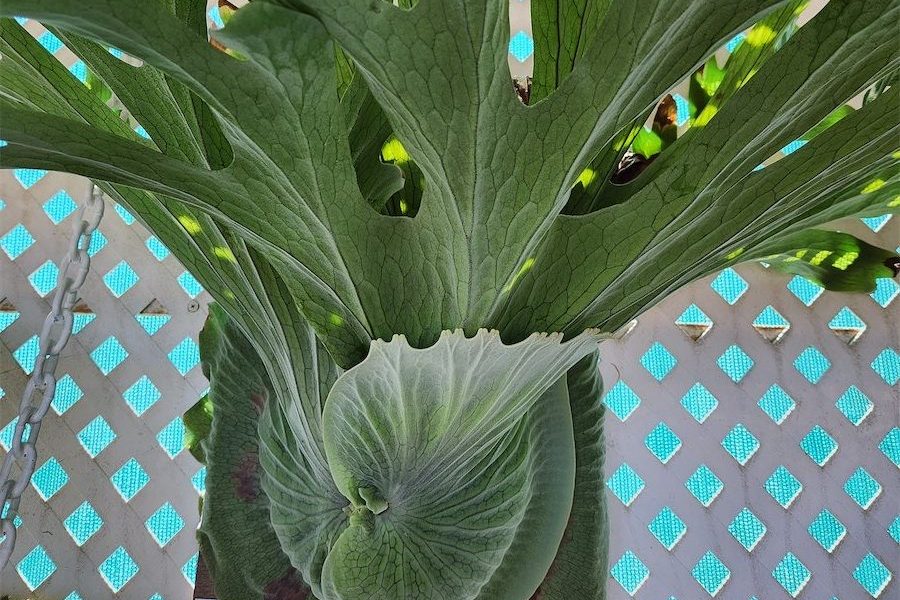
cherry tree.
BE careful when deciding to prune weeping cherry trees because the preferred time for flowering weepers is immediately after flowering and during winter for non-fruiting weeping trees.

Most weeping trees are grafted on to standards or a trunk of a similar tree with the graft varying from 1.5 metres to 2.5 metres from the ground.
Weeping cherries are one of the most popular, but there are also weeping trees from apricots, mulberries, flowering apples and peach to pussy willows.
Each variety has its own characteristics and, with many, pruning is not essential. However, I prefer to keep branches at least a metre from the ground and the area under the tree well mulched. This prevents mowers from damaging the bark. Definitely keep whipper-snippers well away from all shrubs and tree trunks – they are very effective ring barkers!
Grass under trees is not a good idea. It is a rapacious feeder and can reduce the crop on fruiting trees by a third.
The term “weeper” can be misleading. For example, the white-flowering Prunus Shirotae is anything but a weeper. Its branches can grow metres higher than the graft, with a width of up to four metres. I have seen attempts at trying to force the branches down by tying or even using fishing weights!
Most weeping trees will grow at least four metres or more wide. I recently saw two either side of a path a metre from the front door!

MIRRORS give an extension to the garden. Place a large mirror on the corner of two paths at right angles to each other. As one walks towards the corner the garden to the right comes into view in the mirror and vice versa. A mirror placed in a door frame on a fence gives the impression of a garden going on and on. Further interest is added to garden urns or sculptures when a mirror is placed behind the object. I have picked up second-hand mirrors at antique and junk shops, one coming on top of our car from Crookwell.

CONTINUING my short series on gardens worth visiting this northern summer in the UK, I recommend the Royal Horticultural Society’s garden “Harlow Carr”, a couple of kilometres from the town centre of Harrogate in North Yorkshire.
With almost 30 hectares of magnificent gardens, arboretum and glasshouses, the site started off after the discovery of sulphur springs in the 1700s and subsequently in 1840 an hotel and health spa rooms were established amid the magnificently laid out gardens. It is open all year and there are more details at rhs.org.uk/harlowcarrwhatson.
Jottings…
- Tomatoes slow to ripen? Try green tomatoes stewed in water, add a little sugar plus whipped cream for an alternate dessert.
- Plant rue and marigolds round the veggie patch to discourage snails.
- If fruit trees have finished fruiting, prune them now.
- Make a clean, diagonal cut across the stem when cutting flowers. Don’t crush the ends with no leaves under the water. Add sugar in the water to prolong their life.
Who can be trusted?
In a world of spin and confusion, there’s never been a more important time to support independent journalism in Canberra.
If you trust our work online and want to enforce the power of independent voices, I invite you to make a small contribution.
Every dollar of support is invested back into our journalism to help keep citynews.com.au strong and free.
Thank you,
Ian Meikle, editor




Leave a Reply